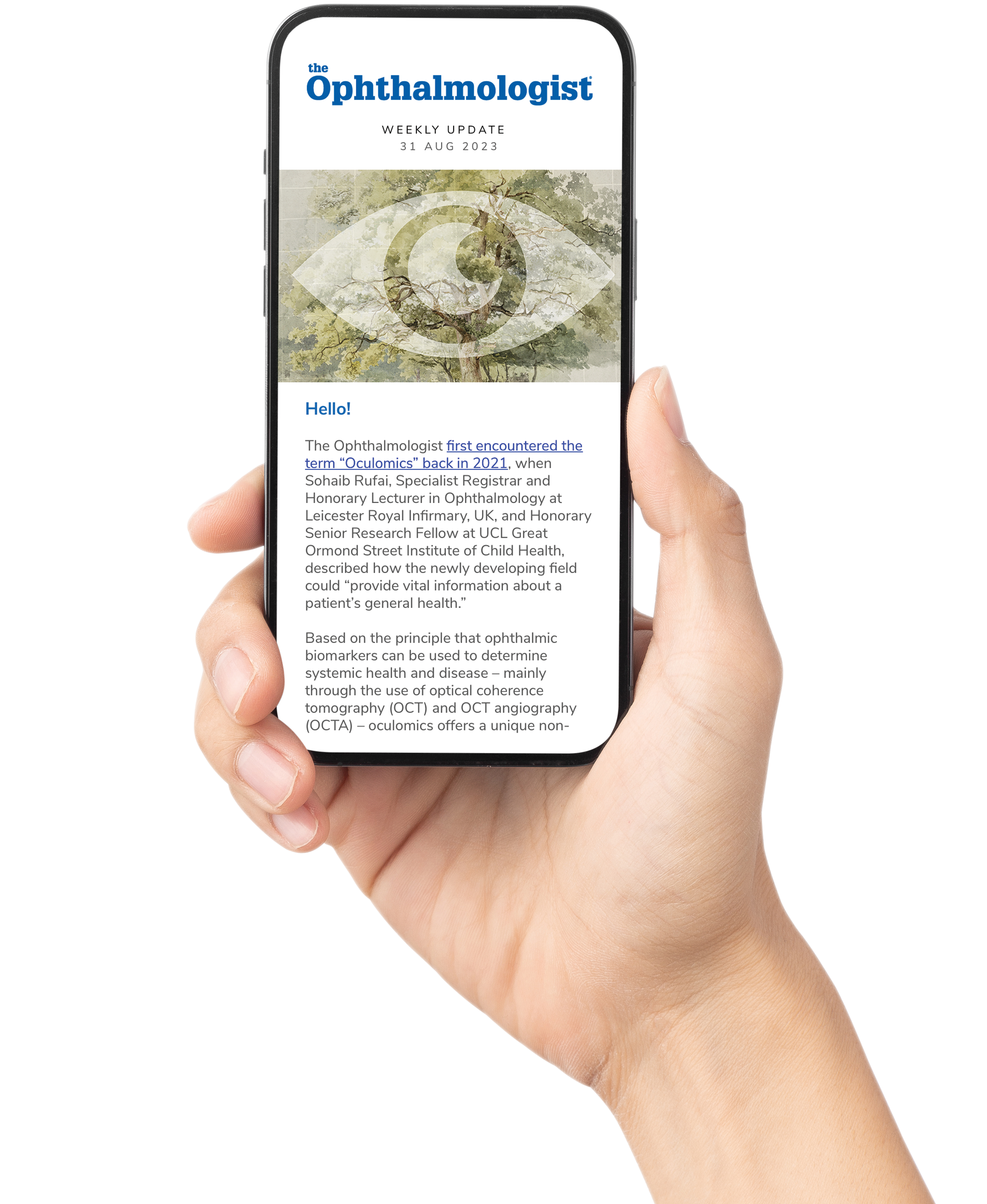Saint Lucy (283–304), or Santa Lucia, a virgin martyr and patron saint of the blind, was born to a noble family in Syracuse, Sicily, during the reign of the Roman emperor Diocletian (245-316), a time of severe persecution of Christians. The name “Lucia” is related to the Latin word “lux” meaning “light;” the Biblical command “fiat lux” means “let there be light.”
Sources from approximately the 5th century report that Saint Lucy made a pilgrimage to the shrine of Saint Agatha (circa 231–251) in Catania, Sicily, where she prayed to heal her mother, Eutychia. When Eutychia was cured, Saint Lucy vowed chastity, devoted her life to God, and gave away all her possessions to the poor. She also reneged on her promise to marry, with her rejected pagan suitor denouncing her as a Christian. With this denouncement, she was arrested and sentenced to a brothel, but she miraculously became immobile and could not be led away by force, thus preserving her chastity. An attempt was then made to burn her, but this was also unsuccessful. Ultimately she was executed by a bladed weapon, perhaps a small dagger called a poignard (1,2).
The original accounts of Saint Lucy’s life did not specifically discuss her eyes. However, over the following centuries she increasingly became associated with light and vision. For example, the Spa of Saint Lucy, near the Bay of Naples, was recommended to cure eye disease by the 12th century (1). In addition, she was frequently portrayed holding two eyes in a bowl, or on a dish, or connected by a stem, all while her own eyes appeared intact (Figure 1). Medieval sources report multiple accounts of this event. Some say that her eyes were removed as torture or punishment during the Diocletian Persecution. Alternatively, it is claimed that she removed them herself as a way of rejecting a suitor who admired their beauty. She may have been inspired by Jesus’ declaration, in the Sermon on the Mount: “And if thy right eye offend thee, pluck it out, and cast it from thee: for it is profitable for thee that one of thy members should perish, and not that thy whole body should be cast into hell.” (KJV Bible Matthew 5:29). In any event, it is said that her eyes were finally restored by God, even more beautiful than before (2,3).

Ophthalmologist Mark Elder noted another account of this event in which Saint Lucy, after experiencing sinful thoughts when she looked at a man, removed her eyes. Elder concluded: “Our Patron Saint exemplified an ophthalmic surgical solution to modify behavior that consequently required a second procedure by a practitioner with higher training” (4). Other authorities have associated Saint Lucy with light in a more metaphorical sense. Jacobus de Voragine (circa 1230-1298) wrote in Legenda Aurea (Golden Legend): “Light also radiates without being soiled; no matter how unclean may be the places where its beams penetrate, it is still clean. It goes in straight lines, without curvature, and traverses the greatest distances without losing its speed. Thus, we are shown that the blessed virgin Lucy possessed the beauty of virginity without trace of corruption; that she radiated charity without any impure love; her progress toward God was straight and without deviation, and went far in God’s works without neglect or delay” (5).
References
- AK Cassell, "Santa Lucia as patroness of sight: hagiography, iconography, and Dante," Dante Studies, with the annual report of the Dante Society, 109, 71 (1991).
- L Menzies, "The Saints in Italy: A Book of Reference to the Saints in Italian Art and Dedication, The Medici Society Limited: 1924.
- N Dhillon et al., "Saint Lucy, the patron saint of the blind," Br J Ophthalmol., 93, 1275 (2009).
- M Elder, "Saint Lucy, patron saint of ophthalmology: comment," Aust N Z J Surg., 69, 317 (1999).
- J De Voragine, "Saint Lucy, Virgin," In: The Golden Legend: Readings on the Saints, (Translated by WG Ryan), Princeton University Press: 2012.
